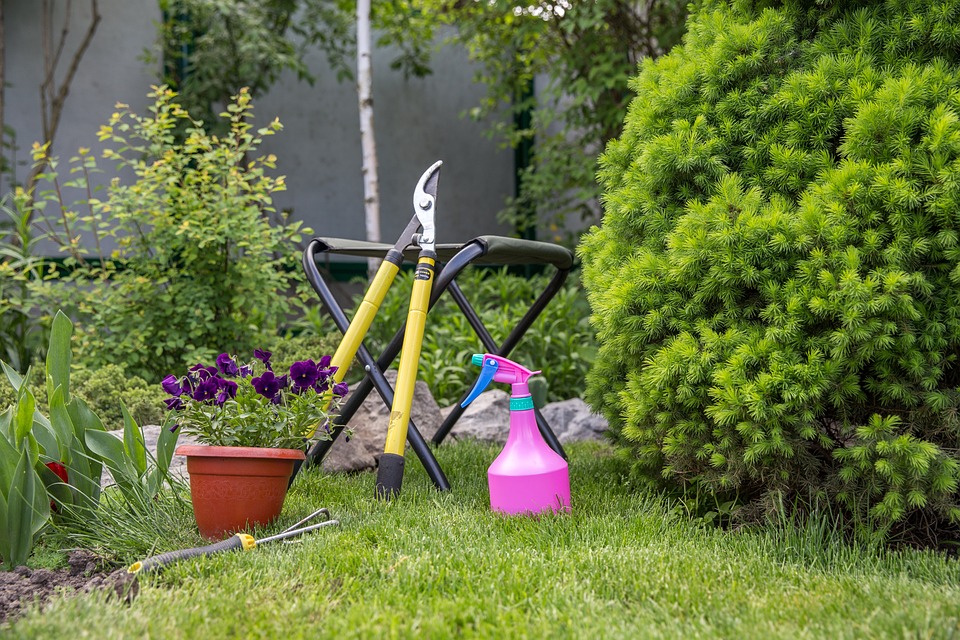The Ultimate Guide to Thriving Indoor Plants: Tips and Tricks for Green Thumb Success
Indoor plants can bring life and beauty to any room, but keeping them healthy and thriving requires some knowledge and care. With the right tips and tricks, anyone can develop a green thumb and enjoy the benefits of a lush indoor garden. In this guide, we will cover everything you need to know to help your indoor plants thrive.
Choose the Right Plants
Before you start growing indoor plants, it’s important to choose the right ones for your space. Consider factors such as the amount of light available, the humidity levels, and the temperature in your home. Some plants thrive in low light conditions, while others require bright, indirect light. Research the specific needs of each plant before bringing it home to ensure it will thrive in your environment.
Provide Adequate Light
Light is essential for the growth of indoor plants. Most plants require at least 6-8 hours of sunlight each day to thrive. If your home doesn’t receive enough natural light, consider supplementing with artificial grow lights. Place your plants near windows or under grow lights to ensure they receive the light they need to grow and flourish.
Water Wisely
Proper watering is crucial for the health of indoor plants. Overwatering can lead to root rot, while underwatering can cause the plant to wilt and die. Check the soil moisture regularly and water only when the top inch of soil is dry. Use a watering can with a long spout to ensure even distribution of water and avoid getting water on the leaves, which can lead to disease.
Fertilize Regularly
Indoor plants need nutrients to thrive, and fertilizing is essential for their growth. Choose a balanced fertilizer specifically formulated for indoor plants and apply it according to the instructions on the label. Over-fertilizing can be harmful to plants, so be sure to follow the recommended dosage and frequency of application.
Control Humidity
Indoor plants thrive in a humid environment, but most homes have dry air, especially in the winter months. Increase humidity levels by placing a humidifier near your plants or by misting them with water regularly. Grouping plants together can also help create a microclimate with higher humidity levels. Avoid placing plants near drafty windows or heating vents, as this can dry out the air and harm your plants.
Monitor Temperature
Indoor plants have specific temperature requirements for optimal growth. Most plants prefer temperatures between 65-75°F during the day and slightly cooler temperatures at night. Avoid placing plants near drafts or heat sources, as extreme temperature fluctuations can stress your plants and hinder their growth. Use a thermometer to monitor the temperature in your home and adjust as needed to create a comfortable environment for your plants.
Prune and Repot as Needed
Regular pruning is essential for maintaining the health and shape of indoor plants. Remove dead or yellowing leaves, as well as any leggy growth, to encourage new growth. Repotting is also necessary when your plants outgrow their containers or the soil becomes compacted. Choose a slightly larger pot with good drainage and fresh potting soil to give your plants room to grow and thrive.
Prevent Pests and Diseases
Indoor plants are susceptible to pests and diseases, which can quickly spread and harm your plants. Inspect your plants regularly for signs of pests such as aphids, spider mites, or mealybugs. Treat infestations promptly with insecticidal soap or neem oil to prevent further damage. Keep your plants clean and healthy to reduce the risk of disease, and avoid overwatering or overcrowding plants, which can create ideal conditions for pests and diseases to thrive.
Common Questions About Indoor Plants
Q: How often should I water my indoor plants?
A: The frequency of watering depends on the type of plant, the size of the pot, and the environmental conditions. Check the soil moisture regularly and water only when the top inch of soil is dry.
Q: Do indoor plants need fertilizer?
A: Yes, indoor plants need nutrients to thrive, and fertilizing is essential for their growth. Choose a balanced fertilizer specifically formulated for indoor plants and apply it according to the instructions on the label.
Q: How can I increase humidity for my indoor plants?
A: Increase humidity levels by placing a humidifier near your plants, misting them with water regularly, or grouping plants together to create a microclimate with higher humidity levels.
Q: What should I do if my indoor plants have pests?
A: Inspect your plants regularly for signs of pests such as aphids, spider mites, or mealybugs. Treat infestations promptly with insecticidal soap or neem oil to prevent further damage.
In Conclusion
With the right knowledge and care, anyone can develop a green thumb and enjoy the benefits of a thriving indoor garden. Choose the right plants for your space, provide adequate light, water wisely, fertilize regularly, control humidity and temperature, prune and repot as needed, and prevent pests and diseases to ensure your indoor plants thrive. By following these tips and tricks, you can create a beautiful and healthy indoor garden that will bring joy and beauty to your home for years to come.
Remember to always research the specific needs of each plant and tailor your care routine accordingly to ensure their optimal growth and health. With a little patience and dedication, you can become a successful indoor gardener and enjoy the beauty of lush, thriving plants in your home.


















































